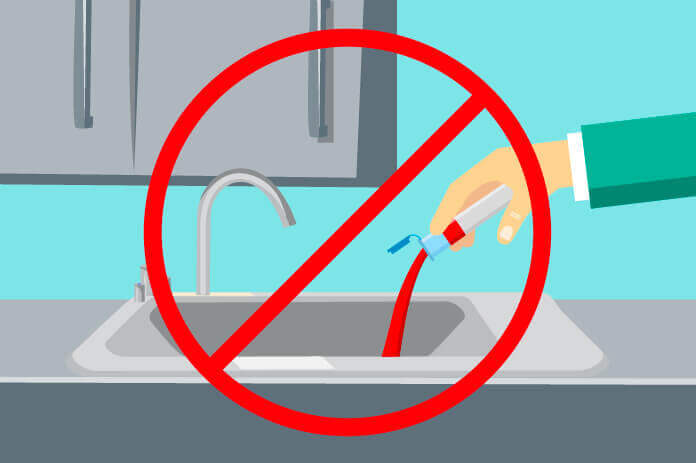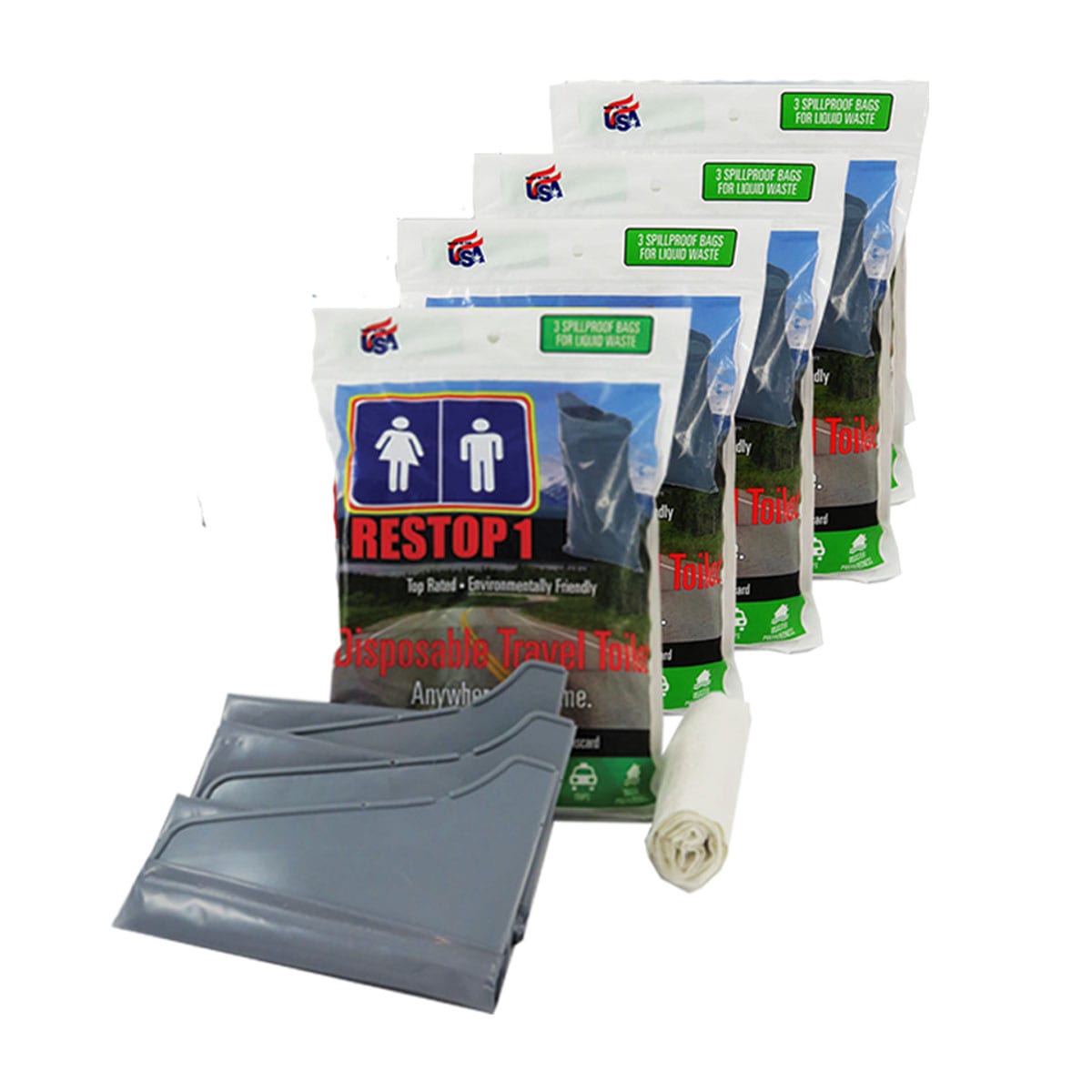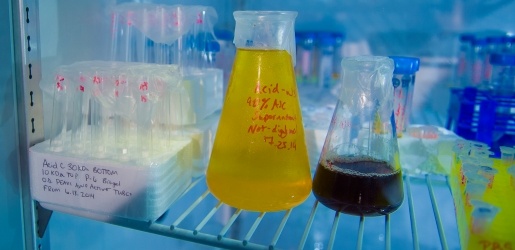Expert Liquid Waste Removal Melbourne: Maintaining Your Environment Tidy
Expert Liquid Waste Removal Melbourne: Maintaining Your Environment Tidy
Blog Article
Exactly How Liquid Garbage Disposal Functions: A Detailed Review of Methods and Technologies Utilized

Introduction of Fluid Waste Kind
The complexity of fluid waste kinds requires an extensive understanding of their qualities and ramifications for disposal. Liquid waste can generally be categorized right into a number of kinds, consisting of commercial, municipal, agricultural, and unsafe waste. Each category shows distinctive homes, calling for specific management methods to reduce environmental and wellness dangers.
Industrial fluid waste originates from making processes and often has an array of pollutants, such as heavy steels, solvents, and organic compounds. Municipal fluid waste, largely comprising wastewater from families and commercial establishments, contains natural matter, nutrients, and virus (industrial wastewater treatment). Agricultural fluid waste, including runoff from farms, may contain plant foods, chemicals, and animal waste, positioning risks to water top quality and ecological communities
Harmful liquid waste is defined by its toxicity, reactivity, or potential to trigger injury. This group includes compounds like acids, bases, and particular chemicals that require strict handling and disposal protocols. Recognizing these varied fluid waste kinds is important for creating efficient disposal approaches and ensuring compliance with ecological guidelines. Proper classification and characterization are important for carrying out suitable treatment techniques and minimizing the damaging effects on public health and the environment.
Physical Treatment Methods

Testing is the first action, where bigger bits and debris are removed from the fluid waste making use of displays or grates. This procedure secures downstream devices from damage and ensures smoother operation. Adhering to testing, sedimentation uses gravitational force to separate solids from fluids. In sedimentation storage tanks, much heavier particles settle at the base, creating a sludge layer, while the cleared up liquid can be further dealt with.
Filtering is another crucial method that entails passing the liquid through permeable materials, such as sand or membranes, to catch smaller sized bits. This step improves the quality of the fluid, making it suitable for succeeding treatment procedures.

Chemical Treatment Strategies
Chemical therapy techniques are essential for properly taking care of liquid waste, particularly in addressing liquified and colloidal contaminants that physical techniques may not effectively get rid of. These strategies make use of various chemical agents to counteract, precipitate, or transform unsafe compounds into less unsafe forms.
One typical method is coagulation and flocculation, where chemicals such as alum or ferric chloride are included in advertise the gathering of suspended bits. This process improves sedimentation, enabling simpler removal of the resulting sludge. Furthermore, oxidation procedures, employing representatives like chlorine or ozone, are employed to damage down complex natural substances and virus, providing the waste safer for discharge or further therapy.
Neutralization is an additional critical technique, which changes the pH of acidic or alkaline waste streams to neutral degrees, protecting against possible harm to downstream systems and the environment. Moreover, advanced oxidation procedures (AOPs) make use of combinations of oxidants and ultraviolet light to degrade persistent contaminants, attaining a higher level of treatment effectiveness.
Organic Treatment Procedures
Organic treatment procedures play an essential duty in the management of fluid waste by using bacteria to decay natural matter and reduce contaminant levels. These procedures can be extensively classified into anaerobic and aerobic treatments, each utilizing certain microbial communities to accomplish effective waste degradation.
Cardio treatment entails the usage of oxygen to assist in the break down of organic products by microorganisms. This procedure is commonly applied in turned on sludge systems, where aeration containers offer a conducive setting for microbial growth, leading to the oxidation of organic pollutants. The resultant biomass can be divided from dealt with effluent through sedimentation.
In comparison, anaerobic therapy happens in the lack of oxygen, depending on various germs to break down natural matter. This approach is especially useful for high-strength waste, as it creates biogas, a renewable resource resource, while minimizing sludge manufacturing. Technologies such as anaerobic digesters are frequently utilized in municipal and industrial applications.
Both anaerobic and cardiovascular biological treatments not just reduce the ecological influence of fluid waste yet additionally assist in source recovery, making them vital parts of sustainable waste monitoring strategies. Their effectiveness, performance, and flexibility sustain their widespread implementation across numerous sectors.
Arising Technologies in Disposal
Innovative methods to fluid waste disposal are quickly advancing, driven by developments in technology and an enhancing emphasis on sustainability. Amongst these emerging technologies, membrane layer bioreactors (MBRs) have gotten traction for their ability to incorporate organic therapy pop over here with membrane layer filtration, resulting in premium effluent that can be recycled in various applications. MBRs enable smaller sized footprints and much more reliable procedures contrasted to typical systems.
Another promising growth is the use of check that anaerobic food digestion integrated with nutrient recuperation technologies, which not just deals with fluid waste but likewise creates biogas and recoups valuable nutrients like nitrogen and phosphorus. This twin benefit boosts source efficiency and decreases ecological effect.
Additionally, progressed oxidation processes (AOPs) are being embraced for the destruction of complicated organic pollutants. These techniques use powerful oxidants and drivers to damage down pollutants at the molecular degree, offering a highly effective option for tough waste streams.
Moreover, the assimilation of expert system and artificial intelligence in waste management systems is maximizing functional performance and anticipating maintenance, leading to lowered prices and boosted environmental conformity. These innovations mirror a significant shift in the direction of more lasting and reliable liquid waste disposal methods.
Conclusion
In verdict, efficient fluid waste disposal demands a thorough understanding of various techniques and technologies. By constantly progressing these approaches, it comes to be feasible to resolve the growing difficulties connected with liquid waste, eventually contributing to ecological defense and source recovery.
Fluid waste disposal is an important facet of ecological monitoring, calling for a comprehensive understanding of different methods and technologies customized to different waste types. Fluid waste can extensively be categorized right into numerous types, consisting of commercial, metropolitan, agricultural, and harmful waste. Agricultural liquid waste, consisting of overflow from ranches, may include plant foods, chemicals, and pet waste, posturing dangers to water high quality Full Report and communities.
Numerous physical therapy methods play an essential role in managing fluid waste successfully - industrial wastewater treatment.In conclusion, effective liquid waste disposal demands an extensive understanding of various strategies and technologies
Report this page